
Oregon Governor Wildfire Response Council - A Lost Opportunity
This post concentrates on the work of the Fire Suppression Committee of the Governor's Wildfire Response Council (WRC), relying on draft policy recommendations issued on September 16, 2019
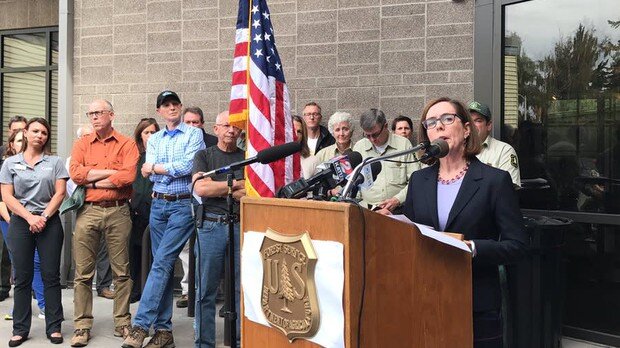
Analysis of policy recommendations by the Governor's Wildfire Response Council
This analysis concentrates on the work of the Fire Suppression Committee of the Governor's Wildfire Response Council (WRC), relying on draft policy recommendations issued on September 16, 2019.
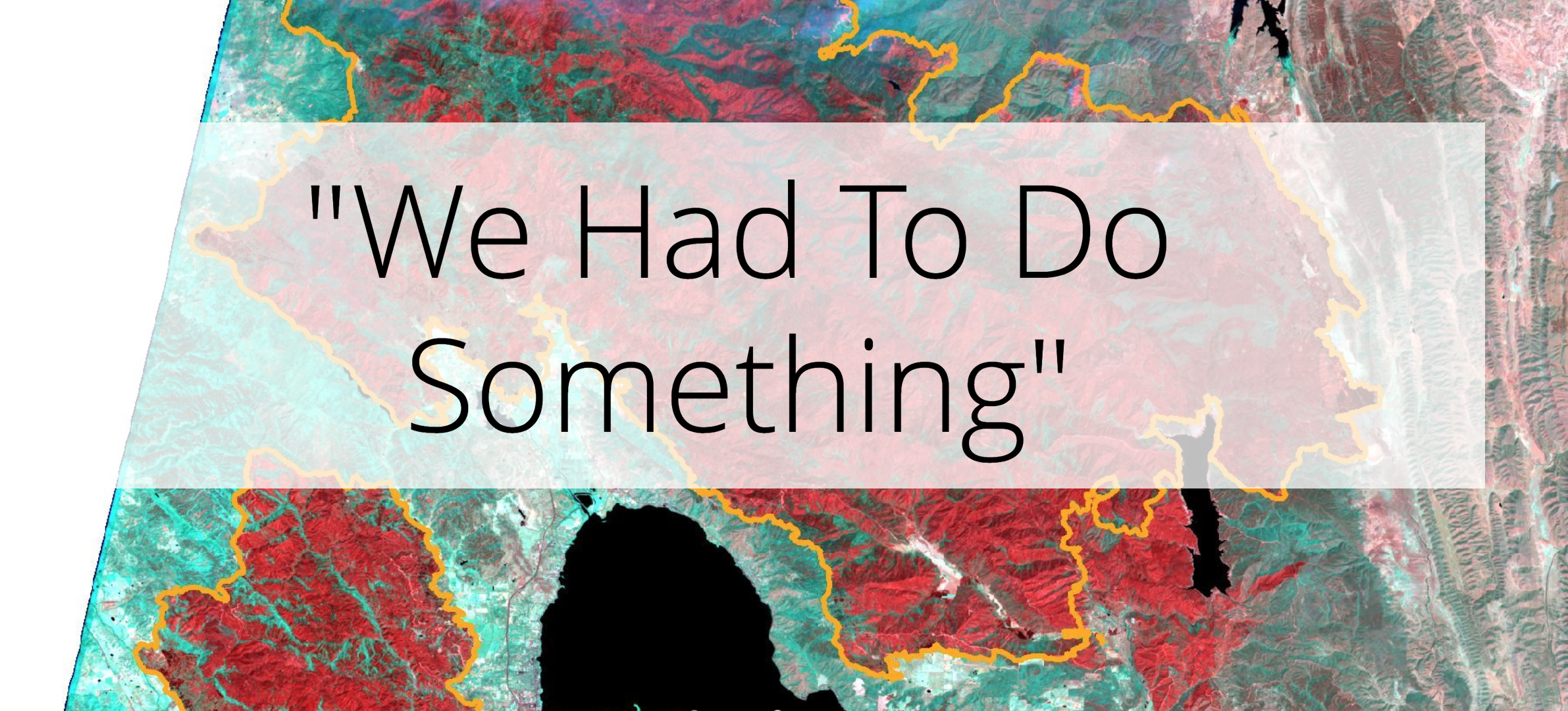
We Had to Do Something: Futility and Fatality in Fighting the 2018 Mendocino Complex Fire
Fire managers felt pressure to “do something” to stop the spread of the Ranch Fire, attempting a hastily planned burnout along a bulldozer fireline. But this action contradicted the advice from Forest Service risk management experts who warned that aggressive firefighting tactics had low probabilities of success given record-level fuel dryness at the time.

Spotlight: FUSEE Board Members
Firefighters United for Safety, Ethics, and Ecology would like to welcome its two newest Board Members, Bill Tripp and Taro Pusina.

World on Fire
It's no wonder that we live in a society rife with depression, adolescent suicide, mass shootings, and opioid addiction. One might think that all this despair was driven solely by economic distress and hopelessness - the inability to even get one rung up on the ladder to prosperity, but I believe that there are deep feedback loops connecting humans and the natural world.
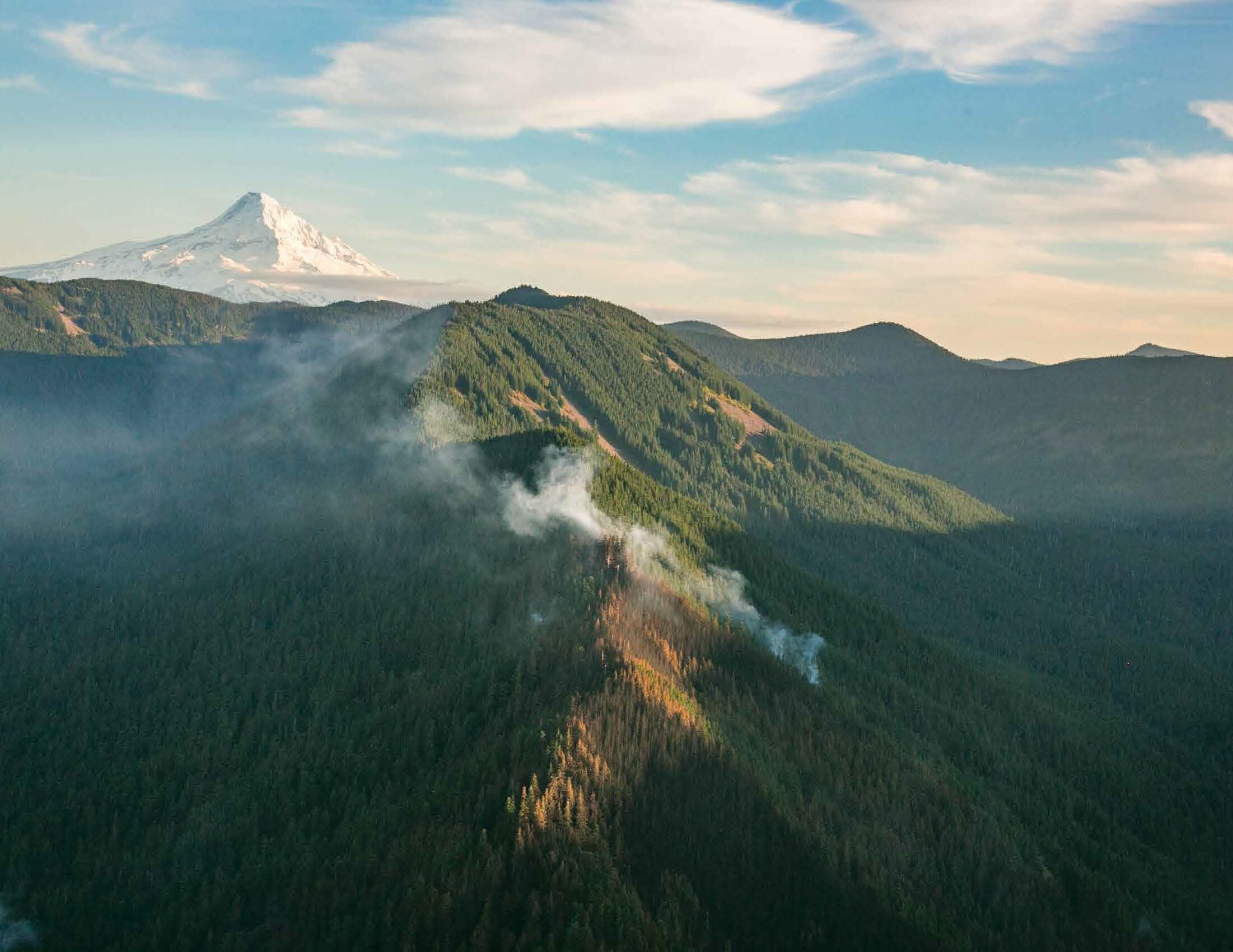
Forests, Wildfire and Climate Change
Wild re has been an integral part of western forests for thousands of years, but in recent decades con icts between people and re have increased dramatically. Climate change is bringing hotter, drier conditions to western forests, which is increasing re activity, and scientists predict that this trend will continue as the planet heats up. This guide is intended to help climate and forest activists understand the unique dynamics between forests, wild re, and climate so we can collectively chart a new path towards community resilience to the impacts of climate change. By modernizing our wild re policies, we can protect homes and communities while restoring the important role that re plays in the forest ecosystems of the American West.

S.E.E. the Science #3: A new social contract for science
FUSEE sees a Wildfire Triad that inalienably links Safety with Ethics and Ecology. Scientific analyses remain the best chronicles of this triad. In this series, we explore crucial articles, analyses, and reports that demonstrate the best in wildland fire research.
In the third post in the S.E.E. The Science series, Letter Burn examines the necessity for science to be in line with the urgency of climate chaos.

S.E.E. the Science #2: Carbon emissions from federal lands
FUSEE sees a Wildfire Triad that inalienably links Safety with Ethics and Ecology. Scientific analyses remain the best chronicles of this triad. In this series, we explore crucial articles, analyses, and reports that demonstrate the best in wildland fire research.
In S.E.E. the Science #2, we explore the relationship between carbon, fires and forests.

FireWatch PART 1: A Guide to Online Wildfire Information Gathering
Learn how to access information from government websites during wildfires in order to see where they are located, where they might be heading, and what kinds of suppression resources have been dispatched to manage the fires.

FireWatch PART 2: A Guide to Acquiring Suppression Operations Documents and Data
Learn how to acquire and analyze suppression operations documents and data. Titles of specific items in the “docs box” are presented along with tips on navigating the Freedom of Information Act (FOIA) process.

FireWatch PART 3: A Guide to Agency-Community Communication and Collaboration in Wildfire Management
Learn tips for sharing your research findings with fellow community members, and how to communicate your concerns with agency officials during, after, and especially before a fire

S.E.E. The Science #1: Insights from wildfire science blaze a new path
FUSEE sees a Wildfire Triad that inalienably links Safety with Ethics and Ecology. Scientific analyses remain the best chronicles of this triad. In this series, we explore crucial articles, analyses, and reports that demonstrate the best in wildland fire research. Read Letter Burn’s response to “Insights from wildfire science: A resource for fire policy discussions” by Schoennagel et al. January 2016.
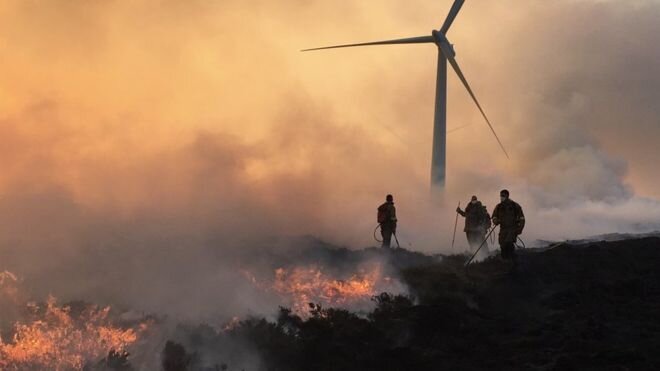
Overton’s Window Opens
The FUSEE street team, Madeline Cowen and myself, have been hard at work here in the north of Scotland, at the venerable Findhorn Foundation intentional spiritual community. We are here for the Climate Change and Consciousness conference, and we are a bit more than halfway through. Record-breaking Earth Day temperatures were followed immediately by a twelve square mile wildfire, threatening a nearby wind farm. A pall of smoke hung over Findhorn on Tuesday, and fire was on everyone’s mind, if not their lips. Our mission, aside from adding our voice to the chorus, was to bring more balance to the discussion of wildfires, as nearly every presenter used the language or visuals of wildfire destruction in their presentations to paint the dystopian future of runaway climate change.
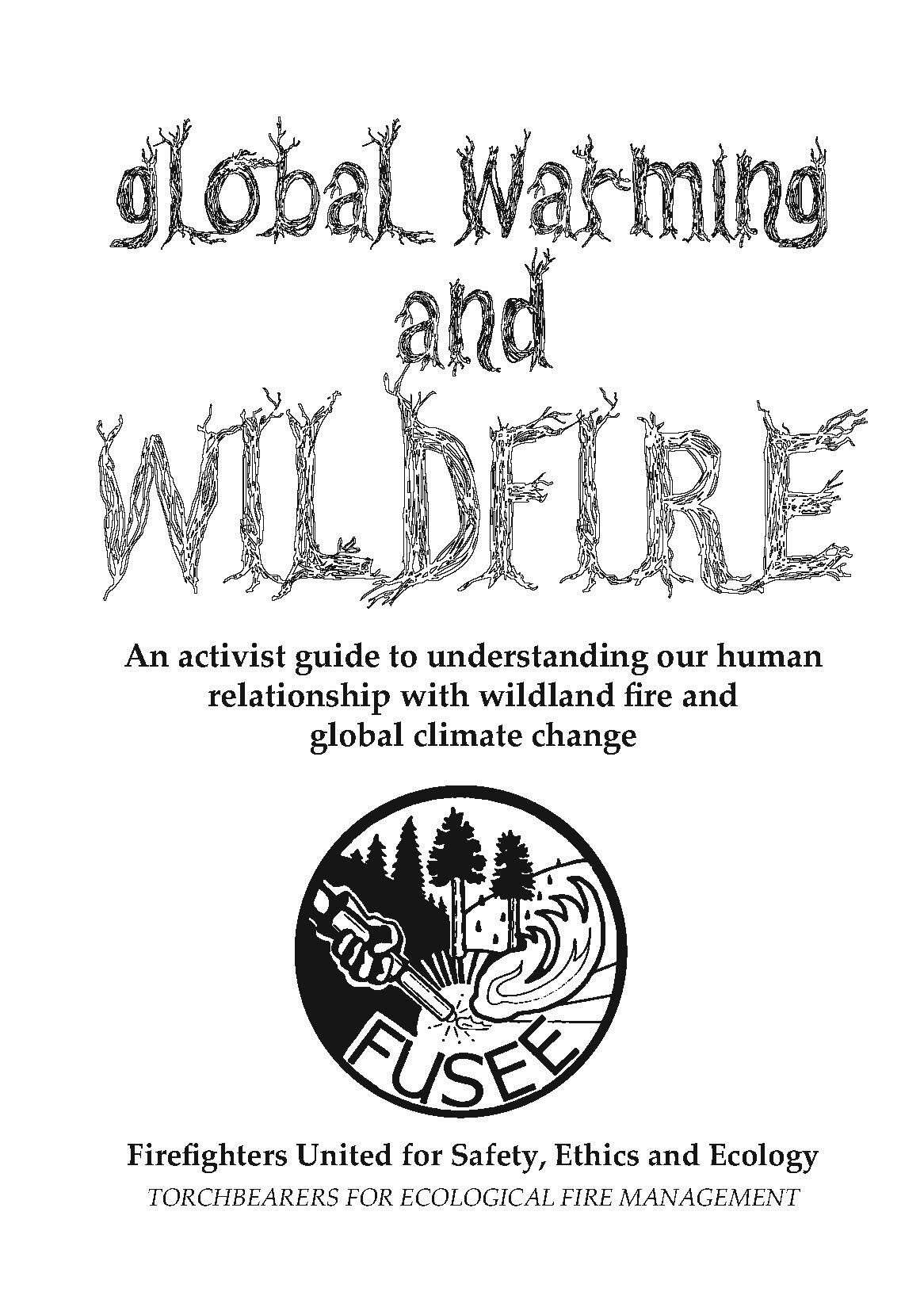
Global Warming and Wildfire: Don’t Panic!
An activist guide to understanding our human relationship with wildland fire and global climate change.


Fire Permeable WUI #4: Enforcing the Code
Firebrands inundated us in a biting darting wind-driven torrent. We covered our faces with bandanas the best we could. Cinders rapidly burnt through our fire clothes since the Nomex had been washed out ten years ago. Any exposed flesh reported stinging, piercing pain. As the ember blizzard ignited some low lying brush and grass in our safety zone, many of us thought about deploying our fire shelters just to stave off the misery from the cataract of firebrands that sluiced upon us as if it came from, well ..., a firehose. We didn’t get into our fire shelters because we stalwarted one another and enforced the code.
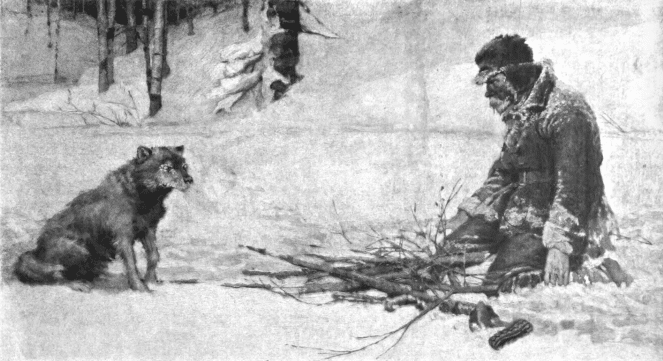

The Jordan Cove Fracked Gas Pipeline: A Threat to Communities and Firefighters
Storymap depicting the threats the Jordan Cove Energy Project in Oregon would pose to communities and firefighters.


A Fire Permeable WUI #3: A Much Needed Makeover for WUI.
Restoring resiliency with with low severity fire - Can the WUI (wildland-urban interface) get pedicured and hair styled without increasing widespread demand for smelling-salts? And who pays for such a make-over? Shall homeowners solely pick up the tab or should government subsidize this hygienic style change that benefits fire-prone communities?
